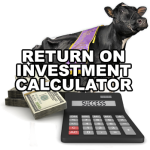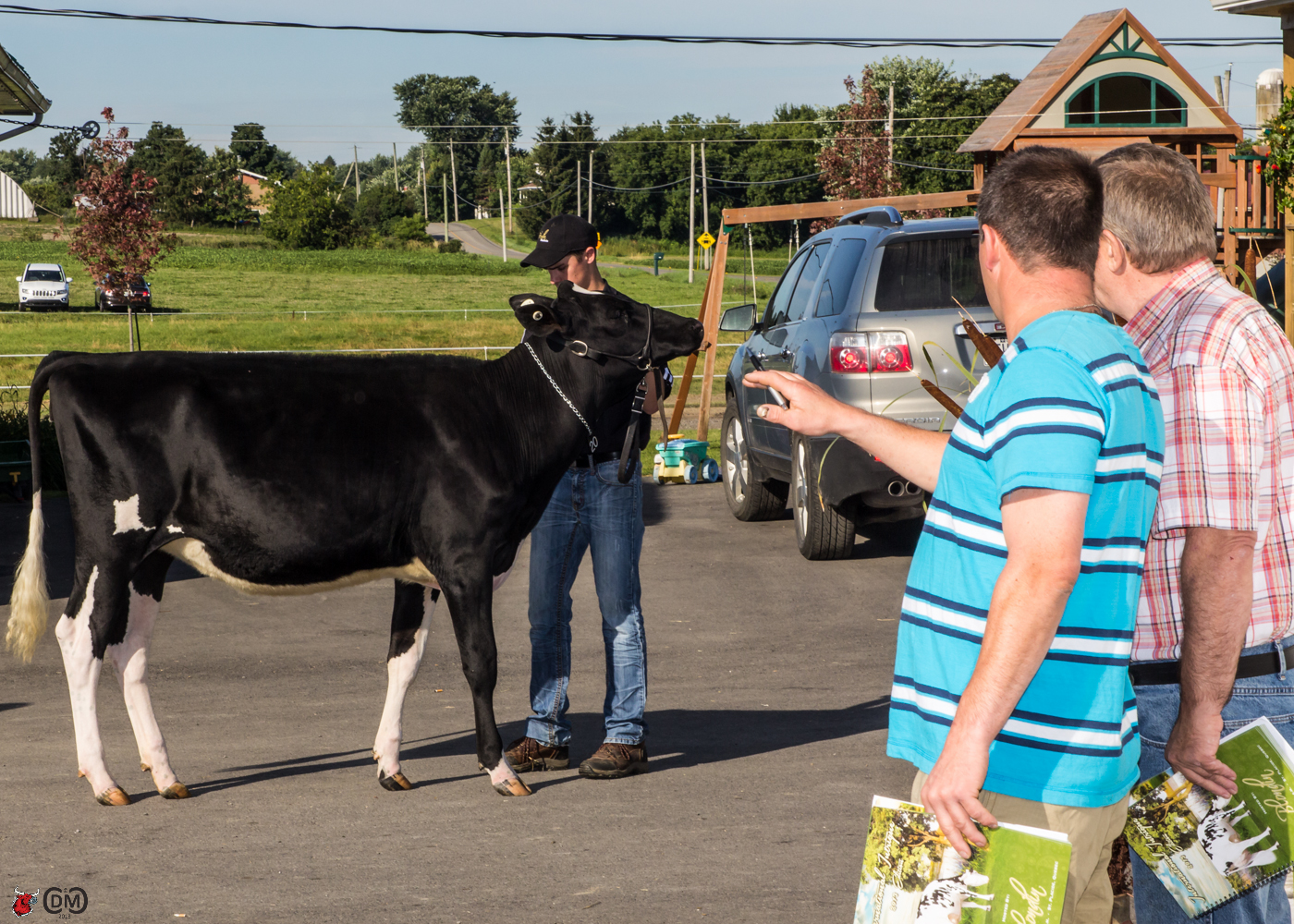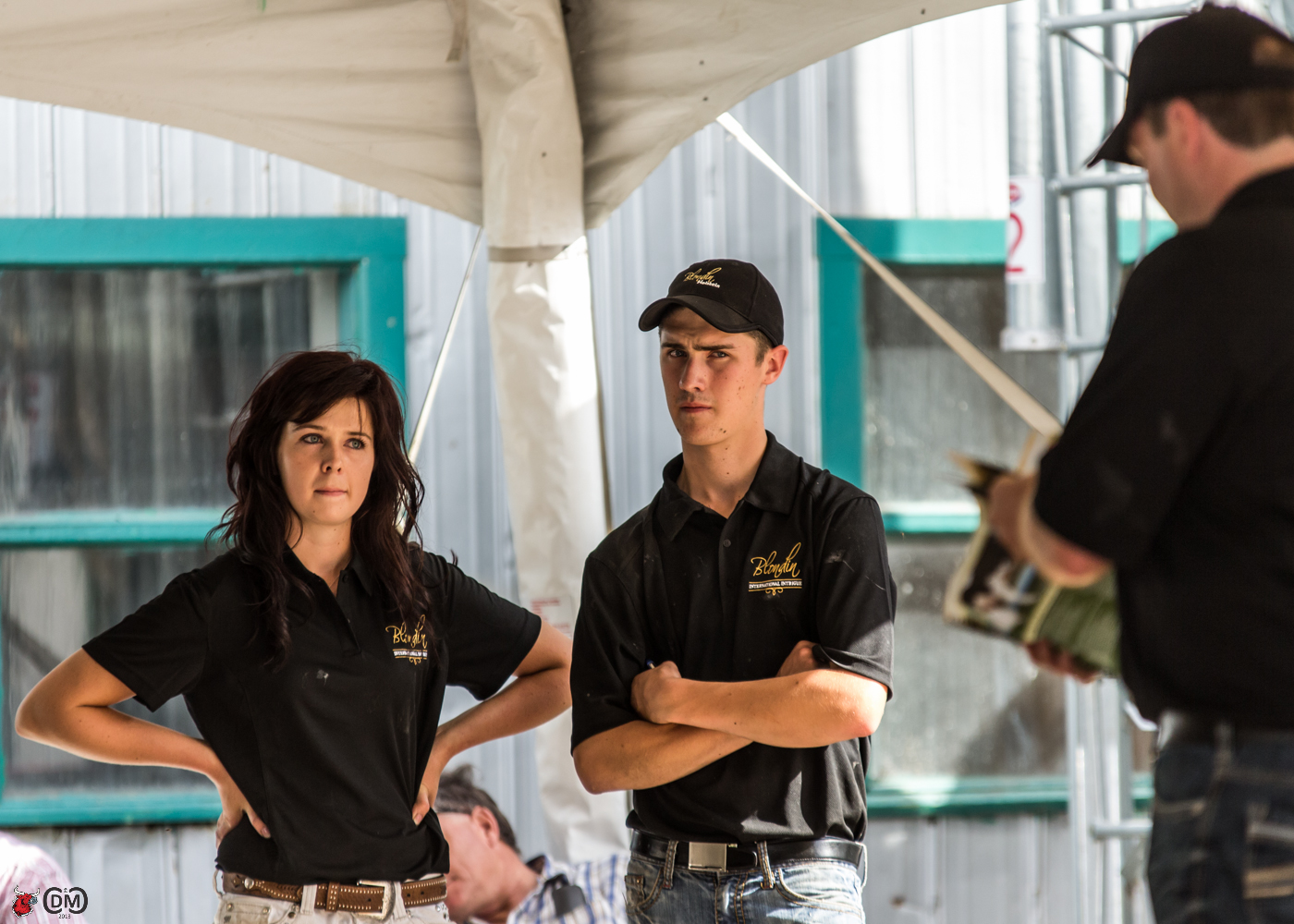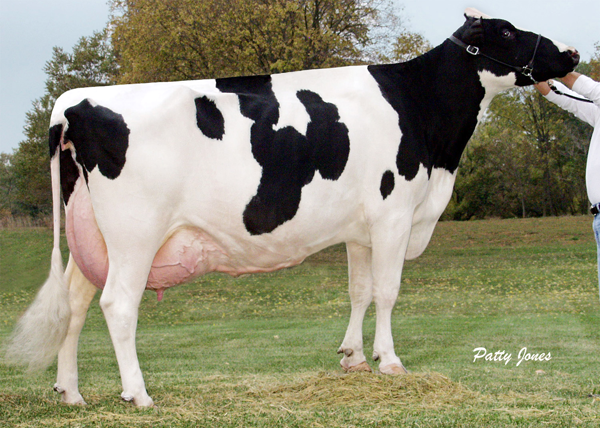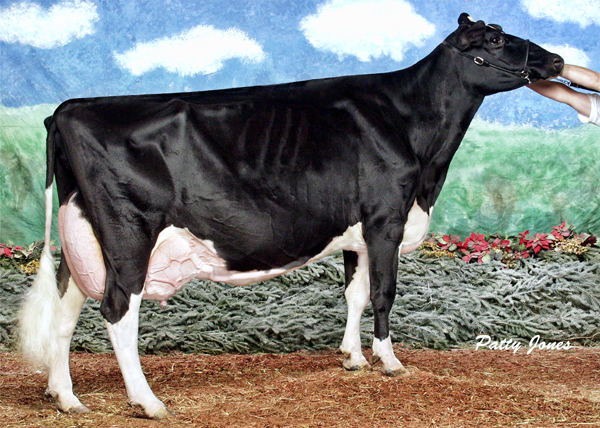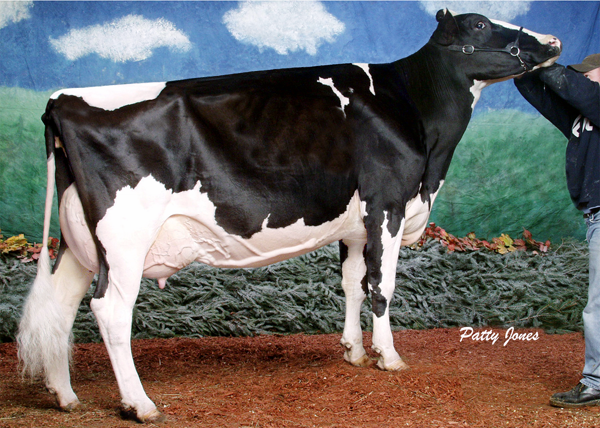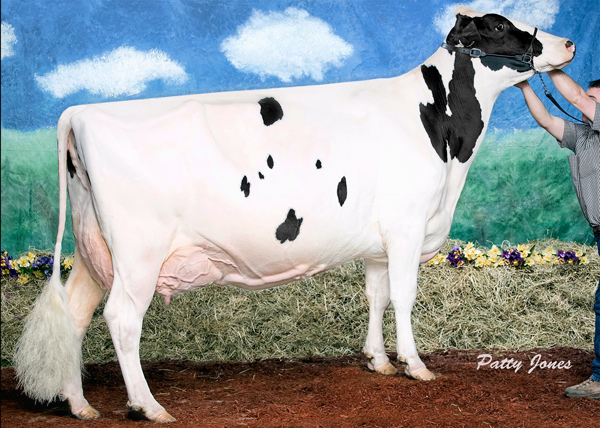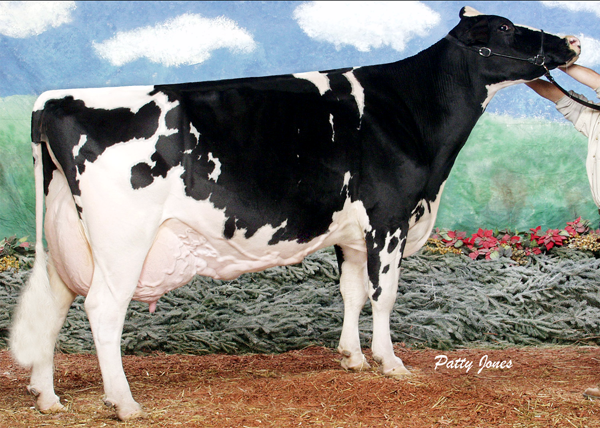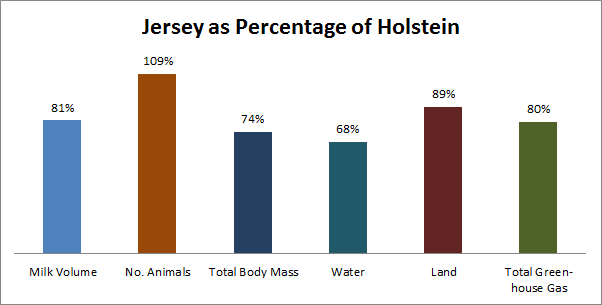Now more than ever buying embryos may be one of the best decisions breeders can make to accelerate the rate of genetic advancement in their herds. With the price of semen going up and the cost of embryos coming down, it is a great time to think about buying. In order to help you make the right decision for your herd, the Bullvine asked breeders what advice they would give to breeders who are looking to purchase embryos. The following are the top tips that we received:
Set Your Goals
There is no question that first you must know your plan, before you invest any money into genetics, embryos, semen or live cattle. Regardless of your situation, a well-thought-out business plan is necessary before you start spending money on genetics. Like any other viable business, your farm is more likely to succeed when investing in embryos when your goals and strategy are part of a written business plan. (Read more: What’s the plan?) ” You have to know your herd, your cow and yourself before you make even one mating decision.” Points out Ari Ekstein of Quality Farms ltd. (Read more: Quality Holsteins – Well-Deserved Congratulations) Dann Brady from Ferme Blondin shares this viewpoint “There is a niche market for so many different breeding goals, don’t try and focus on all of them. Find where your passion is and builds from there.” (Read more about Ferme Blondin in our feature article FERME BLONDIN “Passion with a Purpose Builds Success”)
Take No Bull
Considering that the breeder of the embryos you are buying will probably have all the male sales accounted for, you should make sure that you purchase only female embryos. Buy them reverse sorted female or sexed to eliminate males. Jerry Jorgensen from Ri-Val-Re Holsteins shares “Before doing anything, set your goals. What do you want to achieve? Set YOUR goals and where you want to be.” (Read more about Jerry Jorgensen and Ri-Val-Re Holsteins in our feature articles – BREEDING RI-VAL-RE: Where Looking Good in the Stall Is Just As Important As Looking Good On Paper and $10,000 a dose Polled Semen).
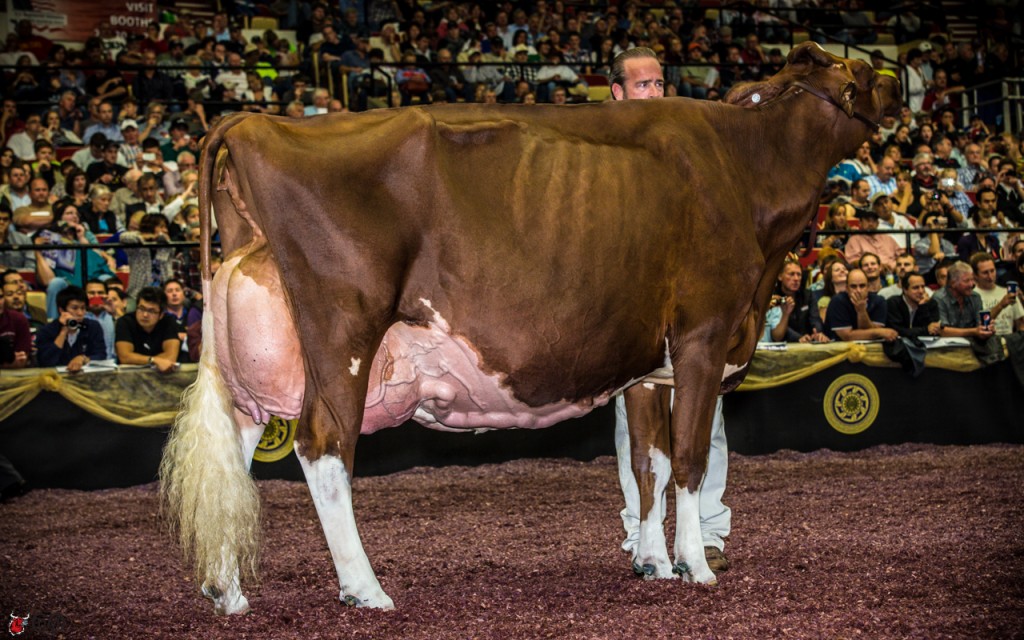
KHW Regiment Apple-Red-ET EX-96 DOM
2013 HI Red Impact Cow of the Year
Res Grand Champion, Grand Int’l R&W Show 2013
Grand Champion, Grand Int’l R&W Show 2011
All-American R&W Aged Cow 2011
HI World Champion R&W Cow 2010
Unanimous All-American Jr 2-Yr-Old 2006
All-American R&W Jr 2-Yr-Old 2006
HHM All-American Jr 3-Yr-Old 2007
Nom All-American R&W 5-Yr-Old 2009
It’s a Family Thing
If you are looking to build generations of success, it helps to purchase from cow families that have already proven themselves over multiple generations. Jimmy Perreault of Vieux Saule Holstein highlights the need to buy from strong pedigrees, which is something they have done very successfully“ (Read more: Vieux Saule Holstein: Rooted in Family Values). Families like that of KHW Regiment Apple Red, Quality Charles Francisco or Thrulane James Rose, almost sell themselves. Pierre Boulet highlights “Thrulane James Rose with all of the success that she has had, she obviously creates an enormous amount of demand for genetics from her and her daughters.” So this leads him naturally to the most important reason Rose is unique. “There is a whole other aspect that we have to consider with Rose and that is the publicity that she has generated for us. A cow like her puts our name out around the globe, attracts people to our farm, and indirectly generates business for the other genetics that we offer.” Once the word is out, it is a lot easier to share your breeding philosophy and the successes that have come from it. (Read more: FERME PIERRE BOULET: FIRST COMES LOVE THEN COMES GENETICS)

THRULANE JAMES ROSE EX-97-2E-CAN 3*
ALL-CANADIAN MATURE COW 2009,2008
ALL-AMERICAN MATURE COW 2009,2008
GRAND ROYAL 2009,2008,2006
Supreme Champion – World Dairy Expo 2008
Max the Stack
Tried tested and true a cow’s/calf’s sire stack is probably one of the most reliable things you can look at. Maxime Petitclerc of Ferme Petitclerc, highlights that it’s a must. “Whether you are looking at high index animals or show winners, their sire stack can go a long way in predicting future breeding ability. Pierre Boulet comments “When I like what I see, the next thing that I check is the pedigree for the family and the sire stack. The family is obviously important because a solid family that consistently breeds well takes away a lot of risk. At the same time, the importance of the sire stack is often disregarded. When a cow or heifer is backed by several generations of great bulls it gives you the reassurance that there is solid, well proven genetics in her blood.” (Read more: FERME PIERRE BOULET: FIRST COMES LOVE THEN COMES GENETICS)
Do Your Homework
It’s important to look at more than just their indexes and classification. It’s also important to do careful homework. One key area that we have always found important is to see how well the family flushes. When looking to have the greatest effect on the genetic advancement of your herd, your purchases need to be very fertile. A good “chicken” will outperform a great cow that does not flush. Take the time to make sure that the family you are considering has the ability to flush 7+ embryos per time. (Read more: What Comes First The Chicken Or The Egg?)
Know Your Costs
For every breeder, the return on investment is going to be different. Depending upon availability of recipients and flush costs, your costs of production will be different. Also, budget for about a 50% conception rate, combined with the fact that 50% of the resulting progeny will be male. That is why it’s important to know both what your costs are going to be and what your targeted revenues are. To help calculate your costs download our Dairy Cow Investment Calculator.
Know Your Risk Threshold
If this is your first time purchasing embryos, and especially if this is your first time implanting embryos, it’s better to purchase $200 embryos instead of $2,000 ones. The learning curve and understanding of what it takes to get good conception rates can be very costly when spending significant amounts for the purchase of the eggs.
Know the Market
If you are planning to sell any of the resulting progeny, it will be important to have an accurate assessment of their value, so you know how much you should invest. To learn what current market prices are check out AN INSIDER’S GUIDE TO WHAT SELLS AT THE BIG DAIRY CATTLE AUCTIONS 2013
Make the tough choices
With so much Embryo Transfer and IVF occurring on top animals and many people buying embryos from yearlings, it can be hard to determine which animal you should purchase embryos from. Buying on genomic indexes is quite accurate, and it will become more accurate as more animals are genomically tested, and then performance tested. It is quite simple in the end. Buy the sister that most closely meets your needs. To learn more read Which Full Sister Do I Buy?
Think Outside the Box
Innovative, forward thinking breeders have been and will always be the people who move dairy cattle breeding ahead. They are not satisfied to only think within the box. They use the approach that works for them. That is always the best alternative. (Read more: Investing in Dairy Cattle Genetics – Think Outside the Box).
The Bullvine Bottom Line
Purchasing embryos can be a great way to accelerate the rate of genetic advancement in your herd, without opening your herd up to potential health and other concerns. Prices for high quality embryos are as low as they have ever been, making it one of the greatest rates of return you can get in the genetics marketplace. By following these 10 tips, you can greatly accelerate not only your rate of genetic gain, but also you’re learning curve and ROI.
Not sure how much to spend on that great 2 year old or heifer?
Want to make sure you are investing your money wisely?
Download our Dairy Cow Investment Calculator.







